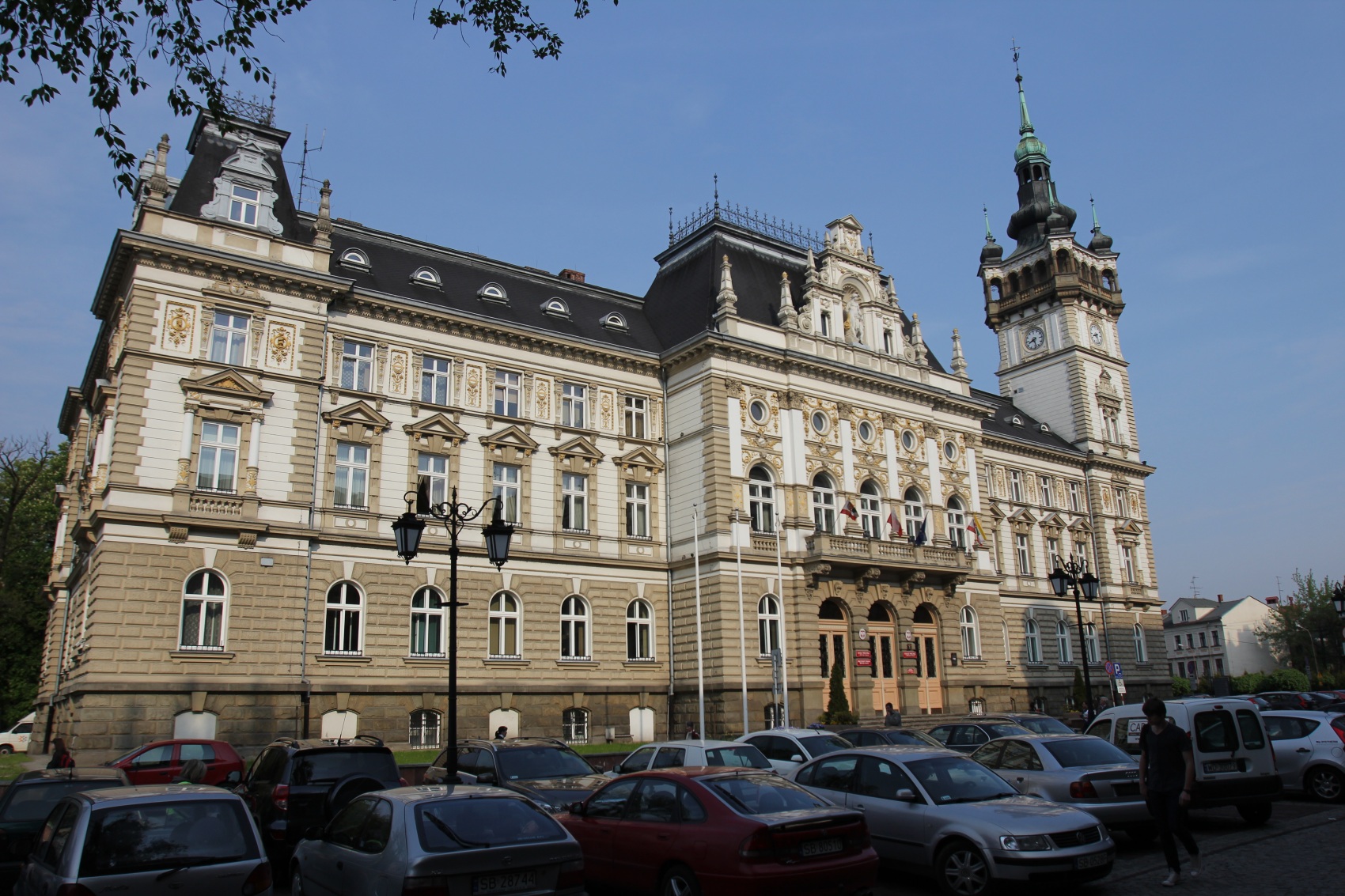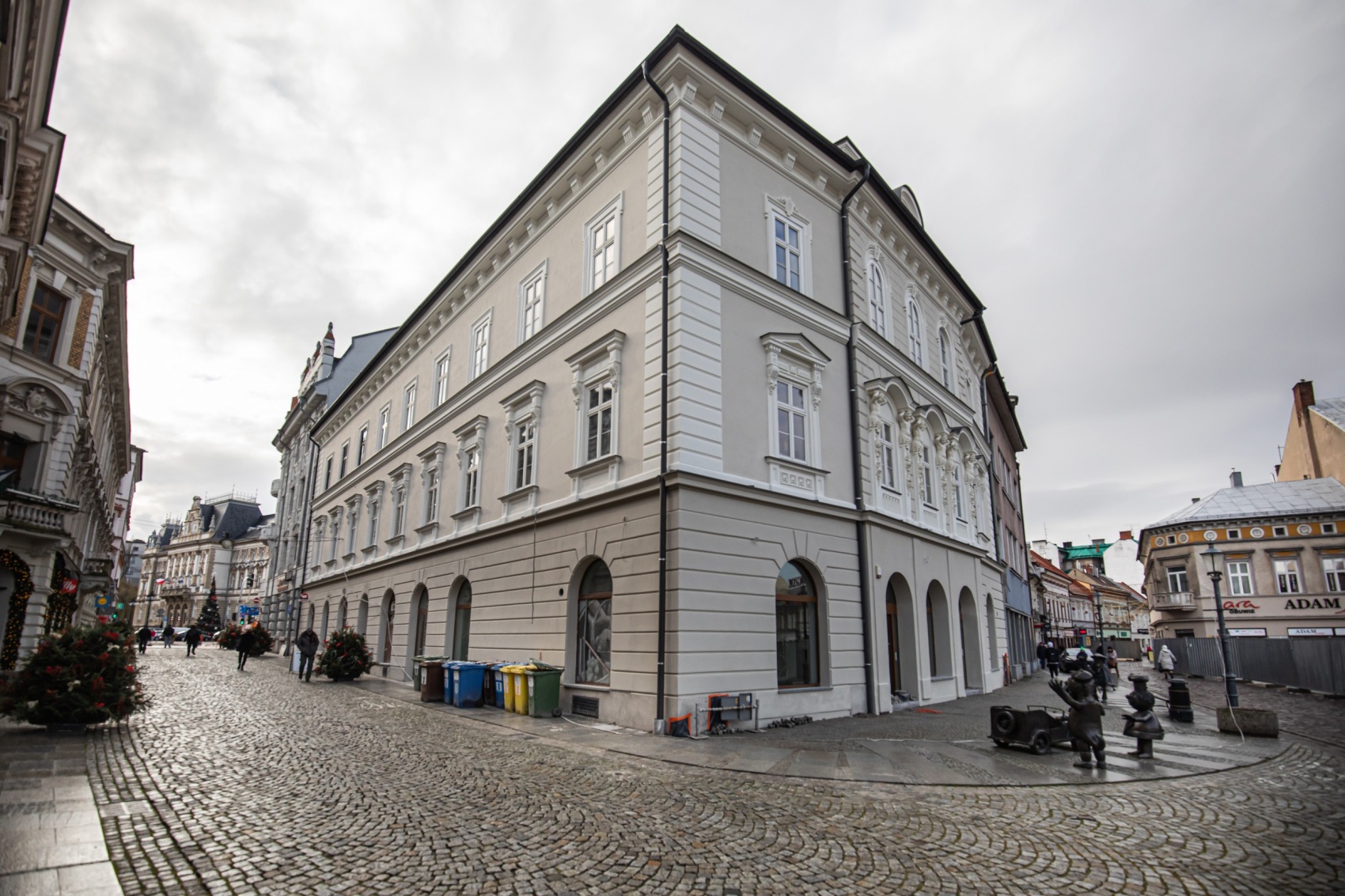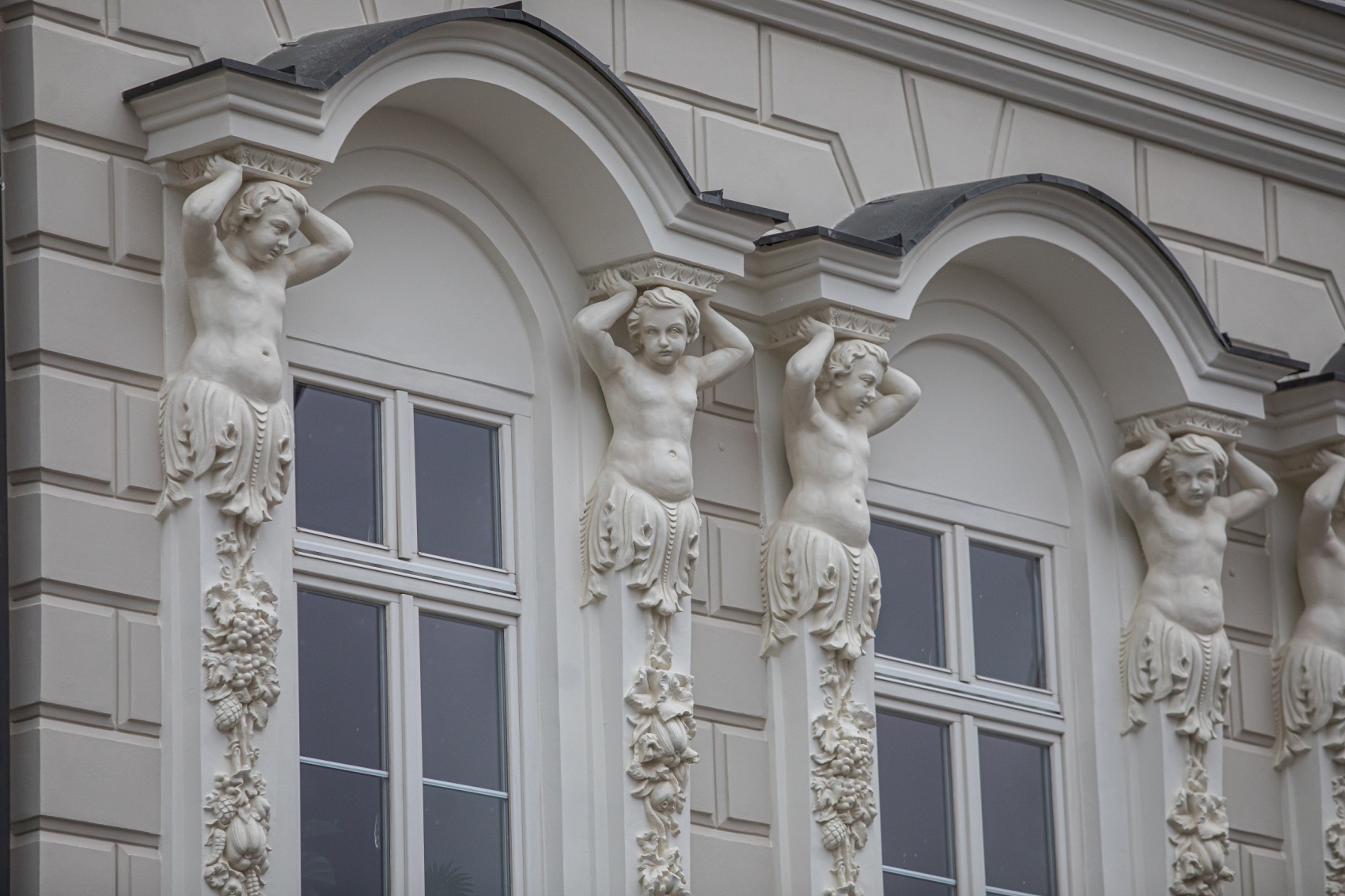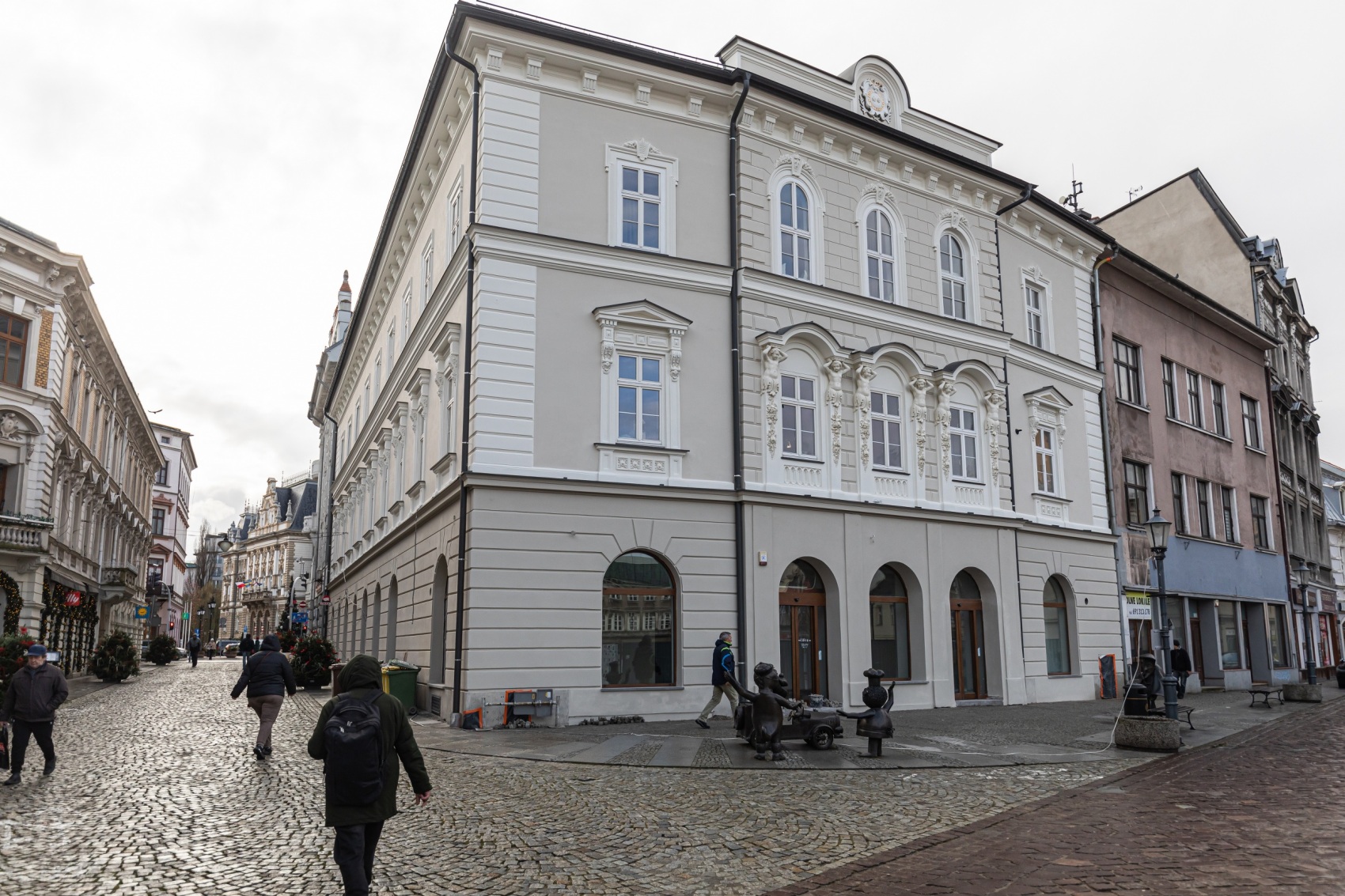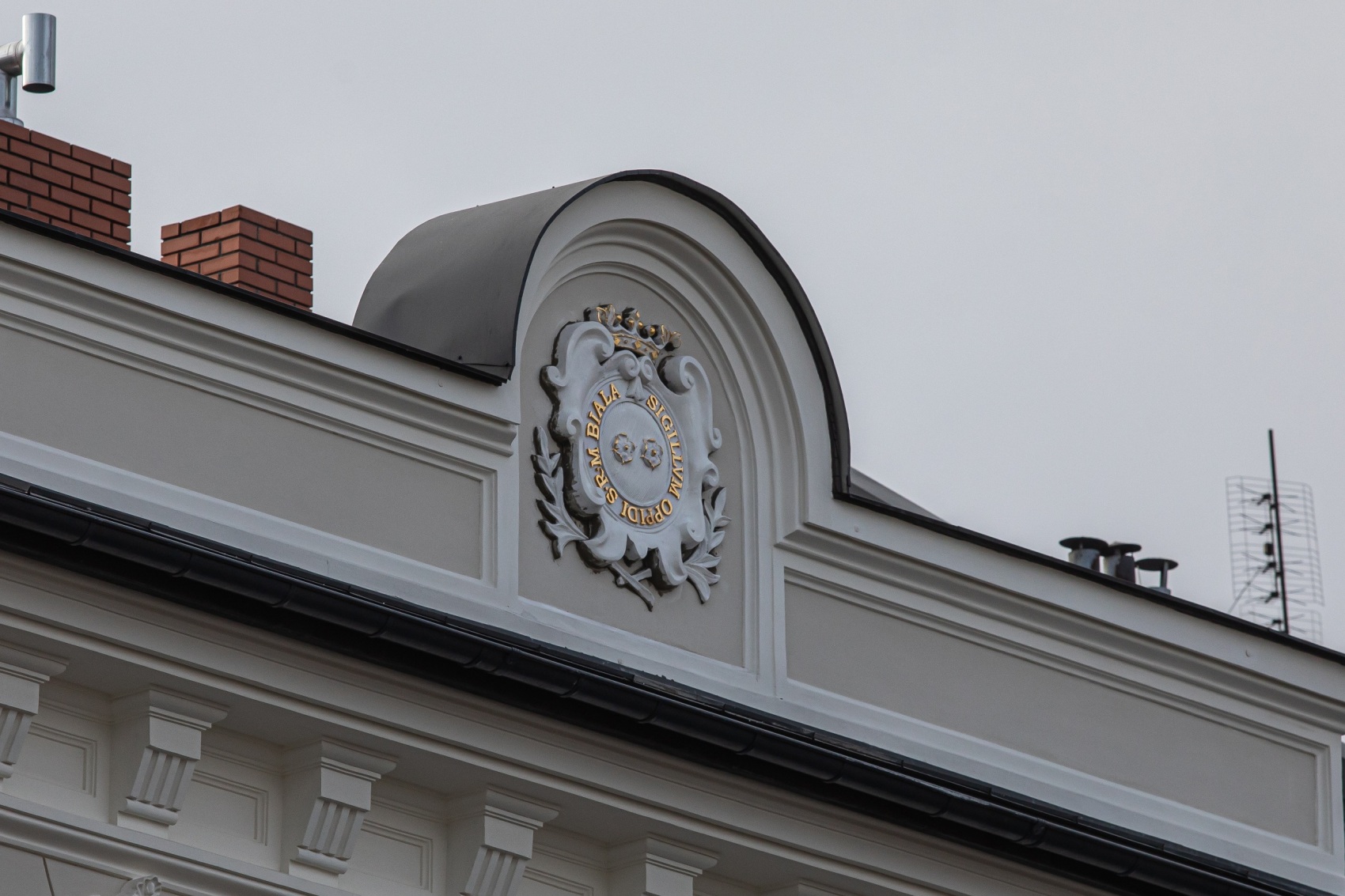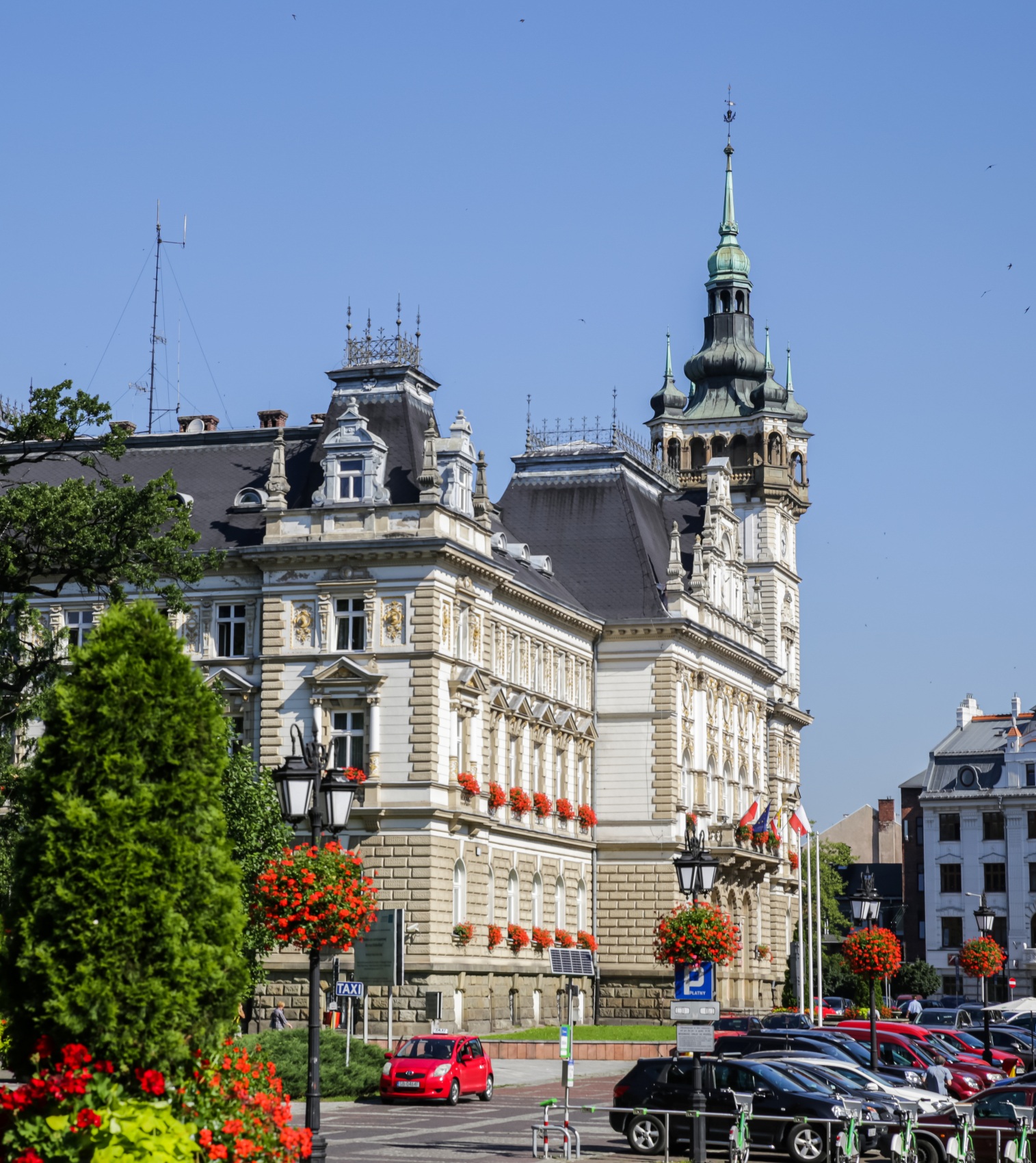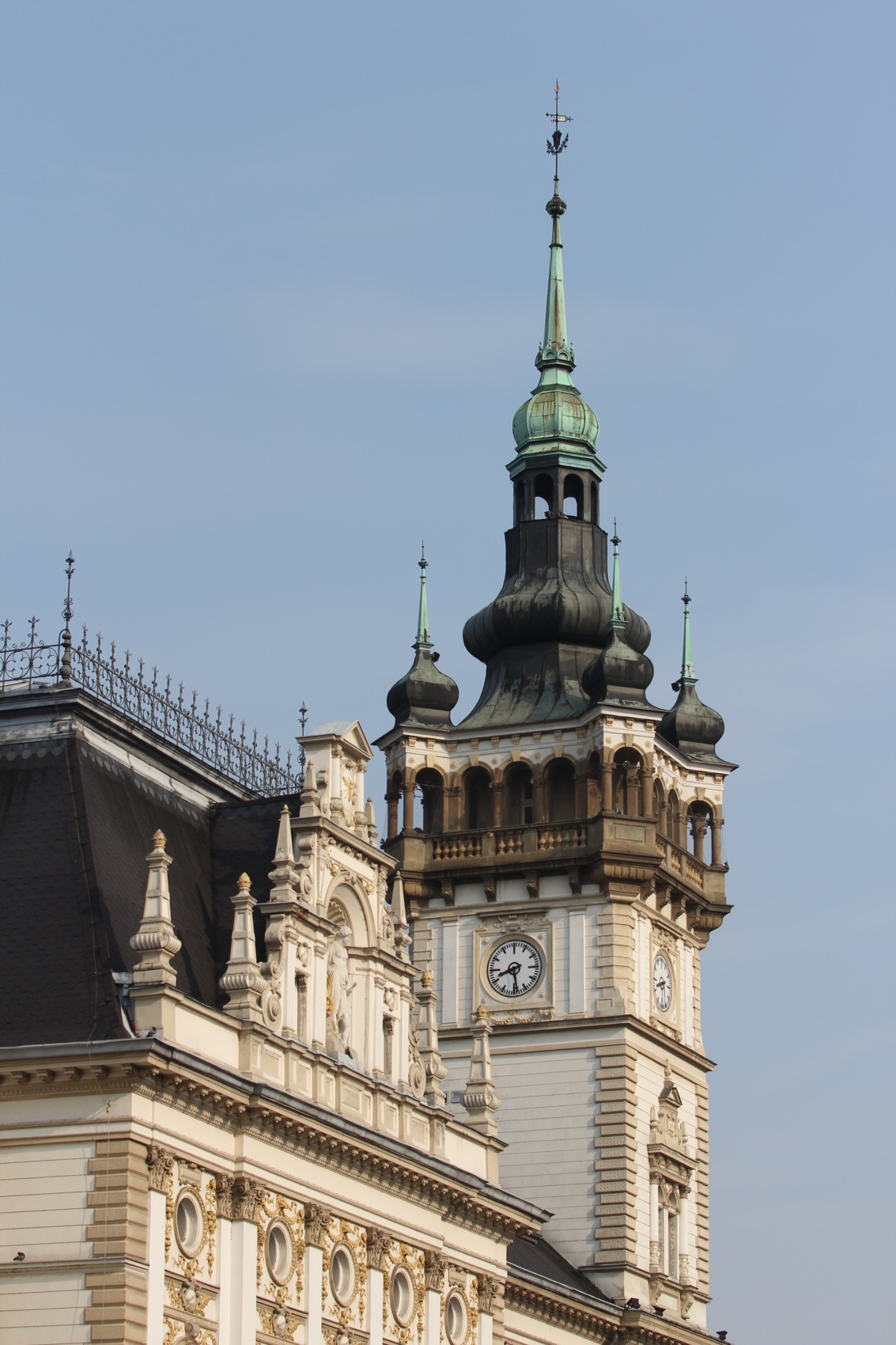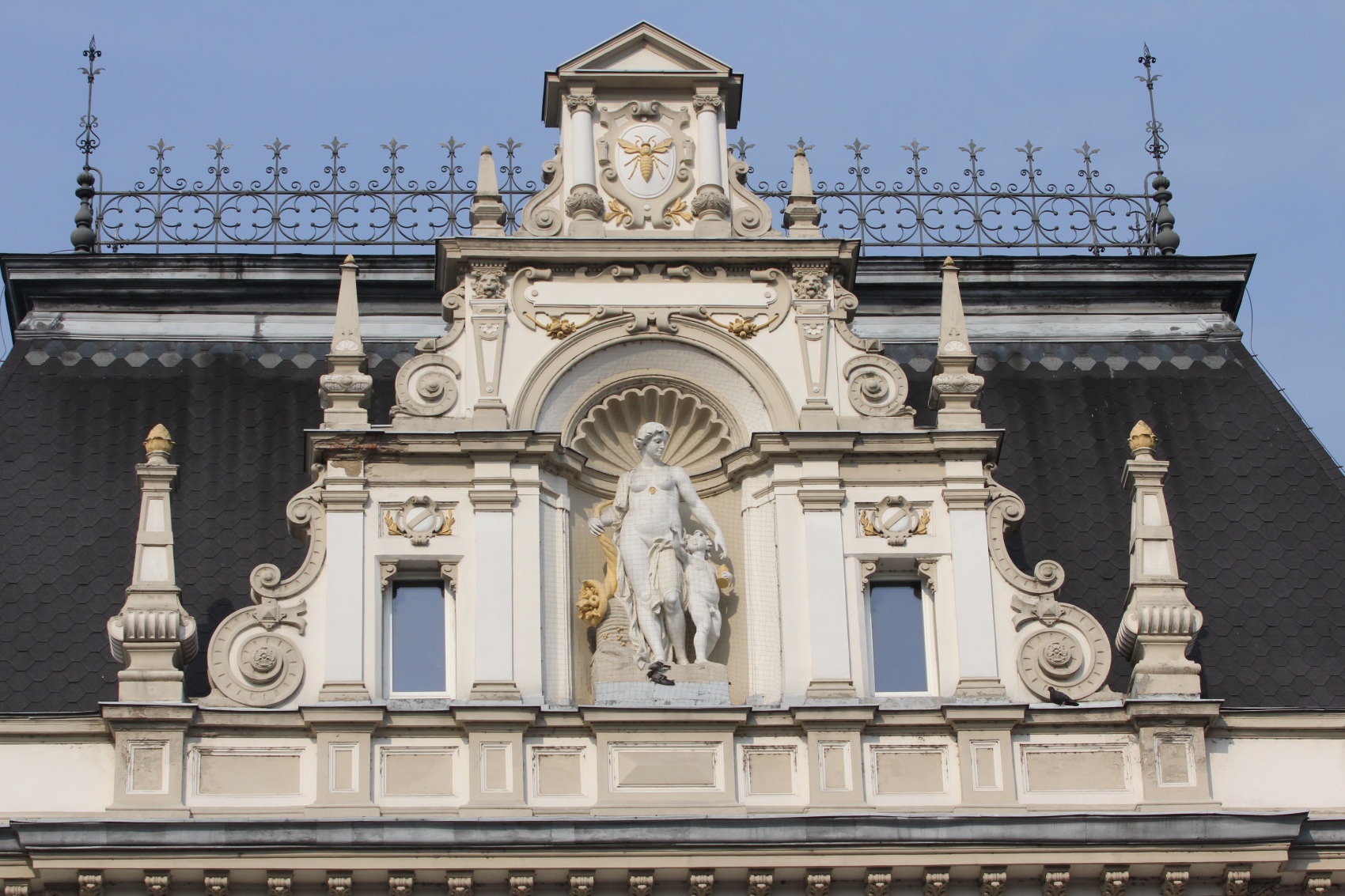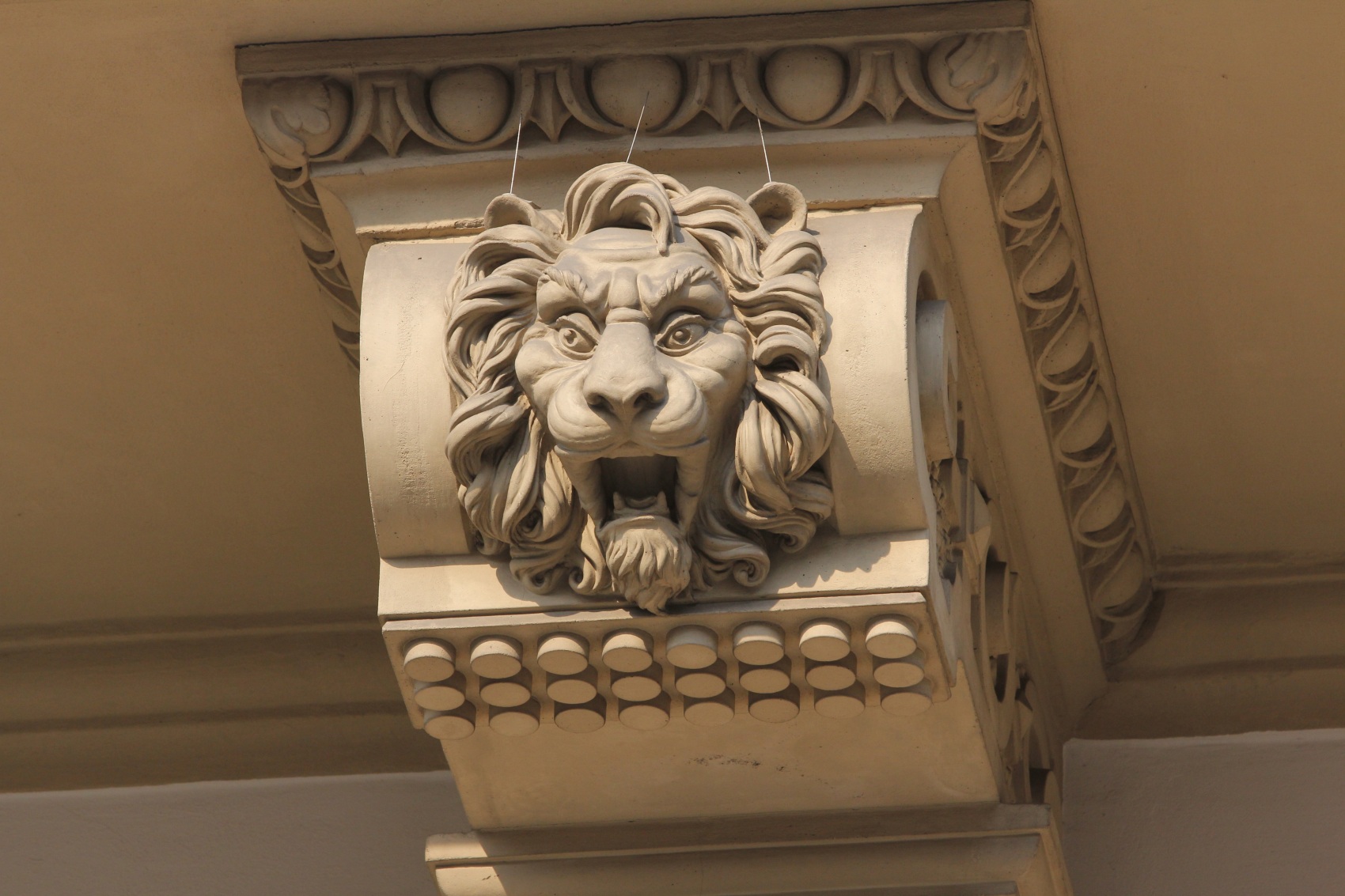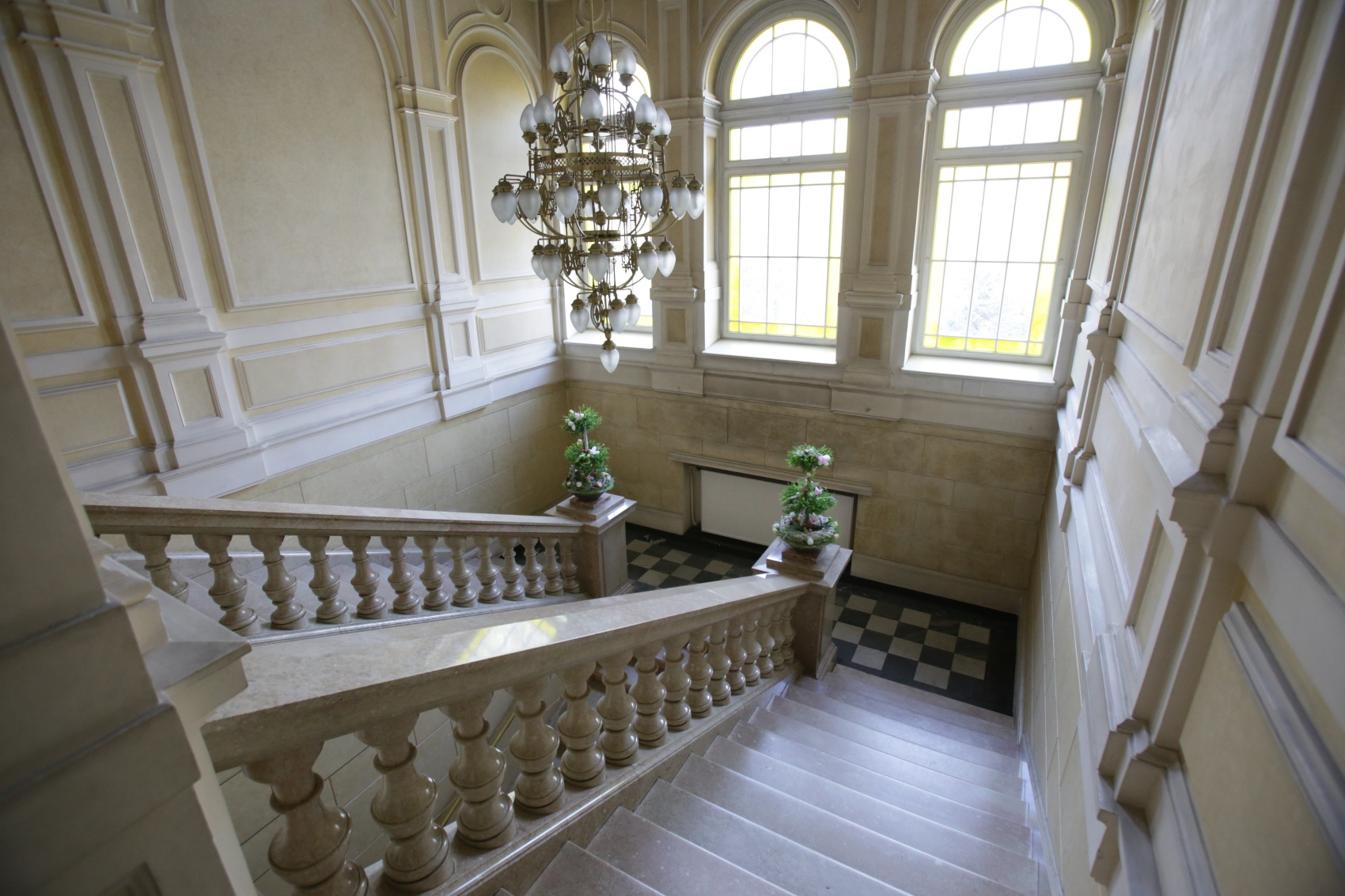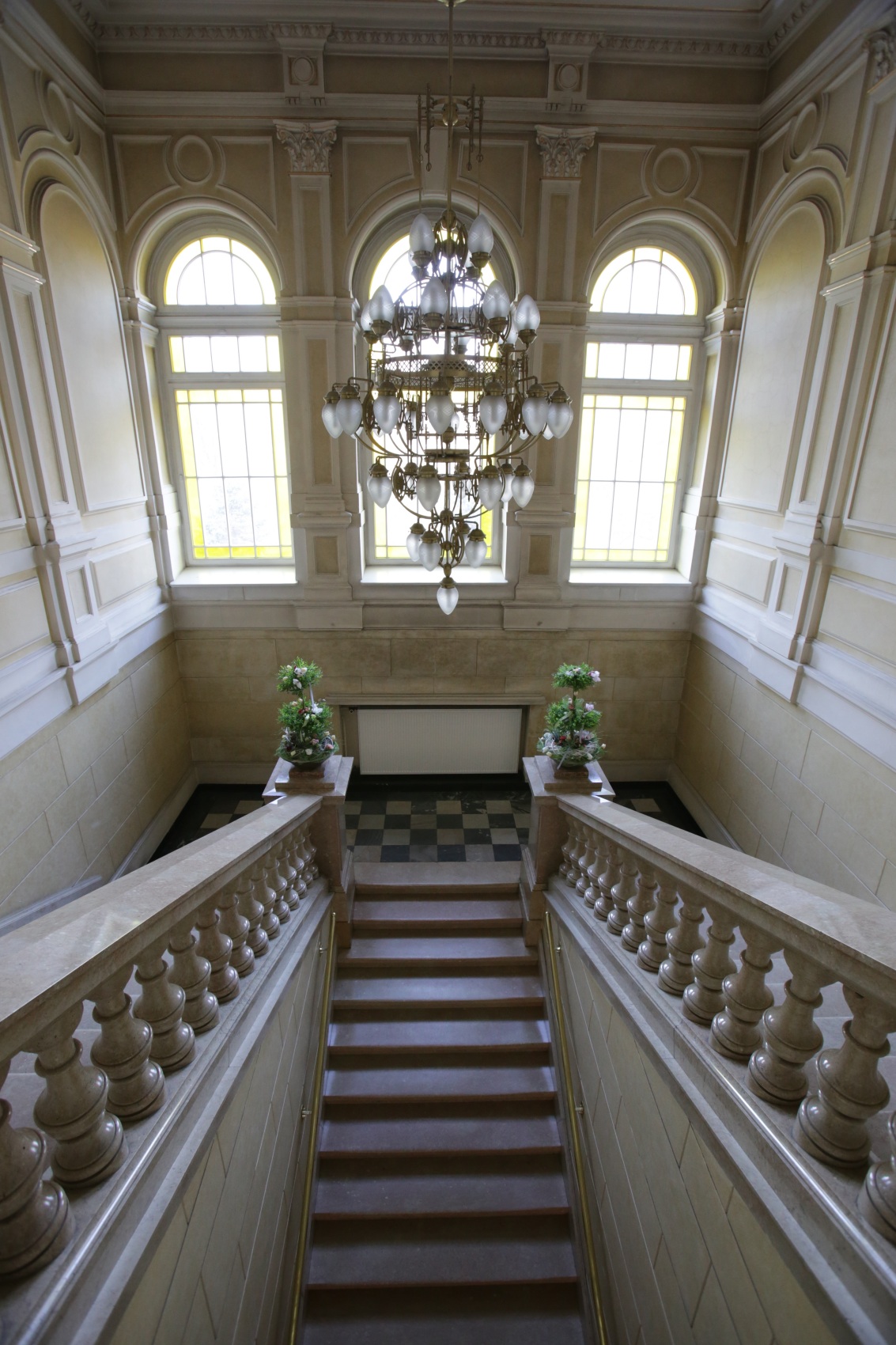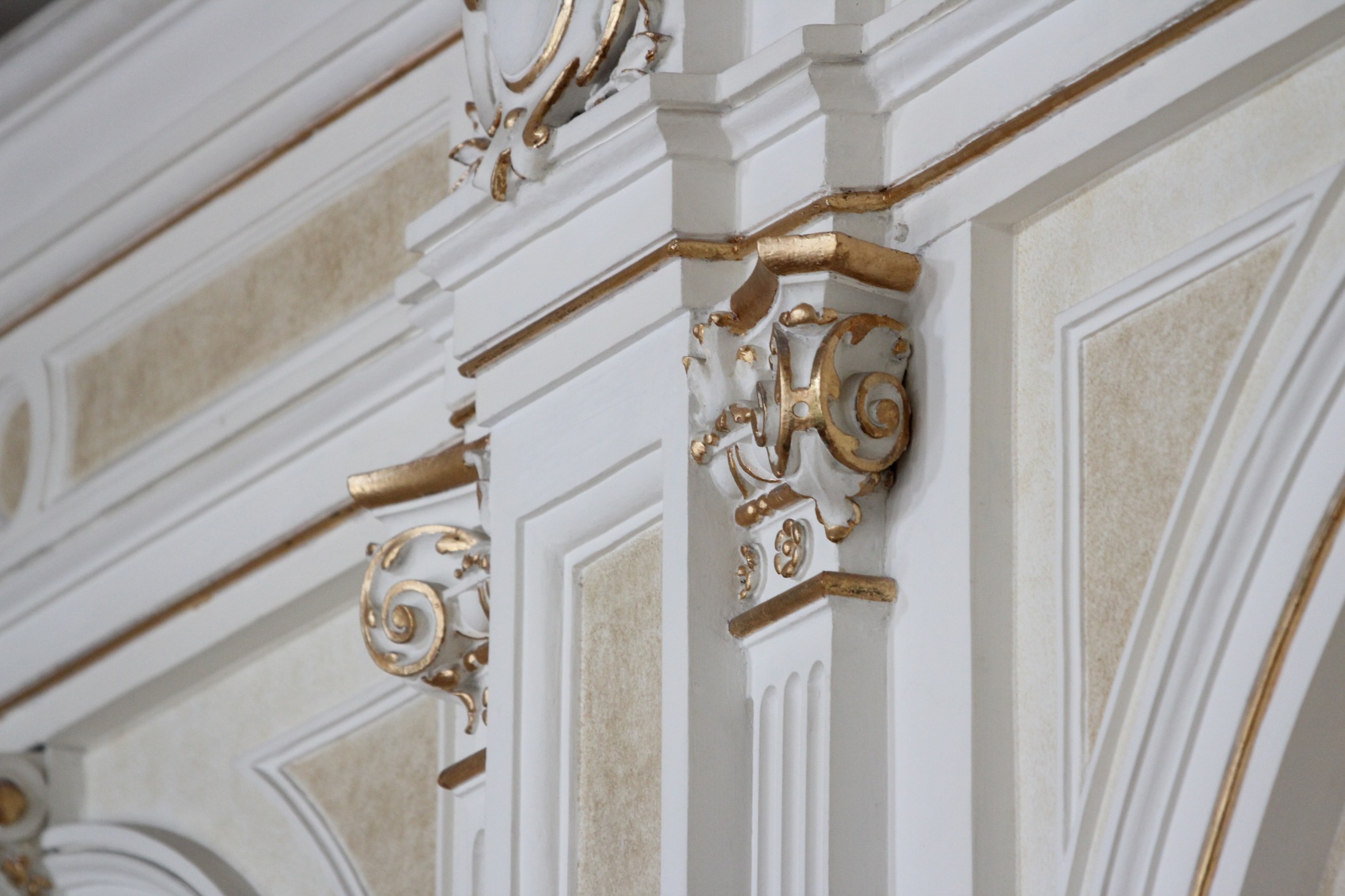Bielsko-Biała is a charming city, situated at the foot of the Silesian and Little Beskid Mountains. Until 1951, however, it was two separate cities – Bielsko, located in Cieszyn Silesia, and Biała, in Lesser Poland. The buildings that used to house the authorities of Bielsko and Biała have survived to this day. There are several of them, and the main headquarters at 1 Plac Ratuszowy can be visited during the working hours of the City Hall and during occasional guided tours. Further opportunities are still to come this autumn
From the second half of the 19th century, Bielsko and Biała formed a single industrial centre, which was the third largest textile centre in the former Habsburg monarchy. Biała was first incorporated into Bielsko during the German occupation as Bielsko Wschód (Bielitz Ost). After the end of World War II, the cities were separated to form one urban organism again in 1951
However, the history of both parts of today’s Bielsko-Biała is long. Bielsko has a medieval pedigree, while Biała celebrated 300 years of being granted city rights this year. The capital of Podbeskidzie is also made up of 11 former villages, which were incorporated until 1977
The town’s most famous town hall
Today, the city’s landmark is the building located at Town Hall Square, which was once the town hall of Biała. The building underwent numerous renovations in the 1990s and later. Today, it is the main seat of Biala’s local government, where the current mayor, the city council and some municipal departments are based
The representative edifice was built in the Neo-Renaissance style in the years 1895-1897 according to the design of Emanuel Rost Junior. Like many other buildings in Bielsko-Biała, it refers to the architecture of Vienna – the town hall in the Viennese Währing
The three-storey edifice on the west side has two short wings, which makes the plan of the building in the shape of a horseshoe. The most representative part of the exterior, however, is the central risalit of the façade, with the greatest amount of architectural detailing, characteristic of the Neo-Renaissance. It is intended to refer to the façade of the Palace of Justice in Vienna. What also attracts attention are the sculptures of ancient deities – the goddess of peace Eirene with the horn of plenty or Plutos, the god of wealth. The bourgeois ethos is also reflected in the motif of the bee, which can be seen in the shield of the coat of arms. Above the entire building, there is a clock tower with a loggia, and the interiors of the entrance hall, the vestibule or the hall where the Town Council sessions are still held are extremely decorative
More photos in the gallery below the article
What is the history of the building?
Constructed in the 1890s, the building replaced the previous town hall, which had stood on Biała Square (now Wojska Polskiego Square) since 1827. Why? The building was too small for the thriving urban centre. Therefore, a competition was announced and held in 1894, and Emanuel Rost’s design was selected. Photos of the old Biała Town Hall are presented below (it is worth mentioning that in recent years renovation work was carried out, thanks to which it regained its former splendour – thanks to a grant from the municipal government, the roof truss and roofing were repaired)
More photos in the gallery below the article
New headquarters a nosebleed for Lipnice lords
In addition to the municipal authorities with mayor Johann Rosner, the new building also housed the Municipal Savings Bank as well as the police, the gendarmerie and the municipal museum. The location of the town hall was intended to have an ideological dimension. Hence the glitter of the new building – the stately town hall clearly dominated the old manor house of the Lipnice aldermen. These were the former lords of these lands, on whom the local burghers had previously been dependent. It was to be a symbol of victory over feudalism
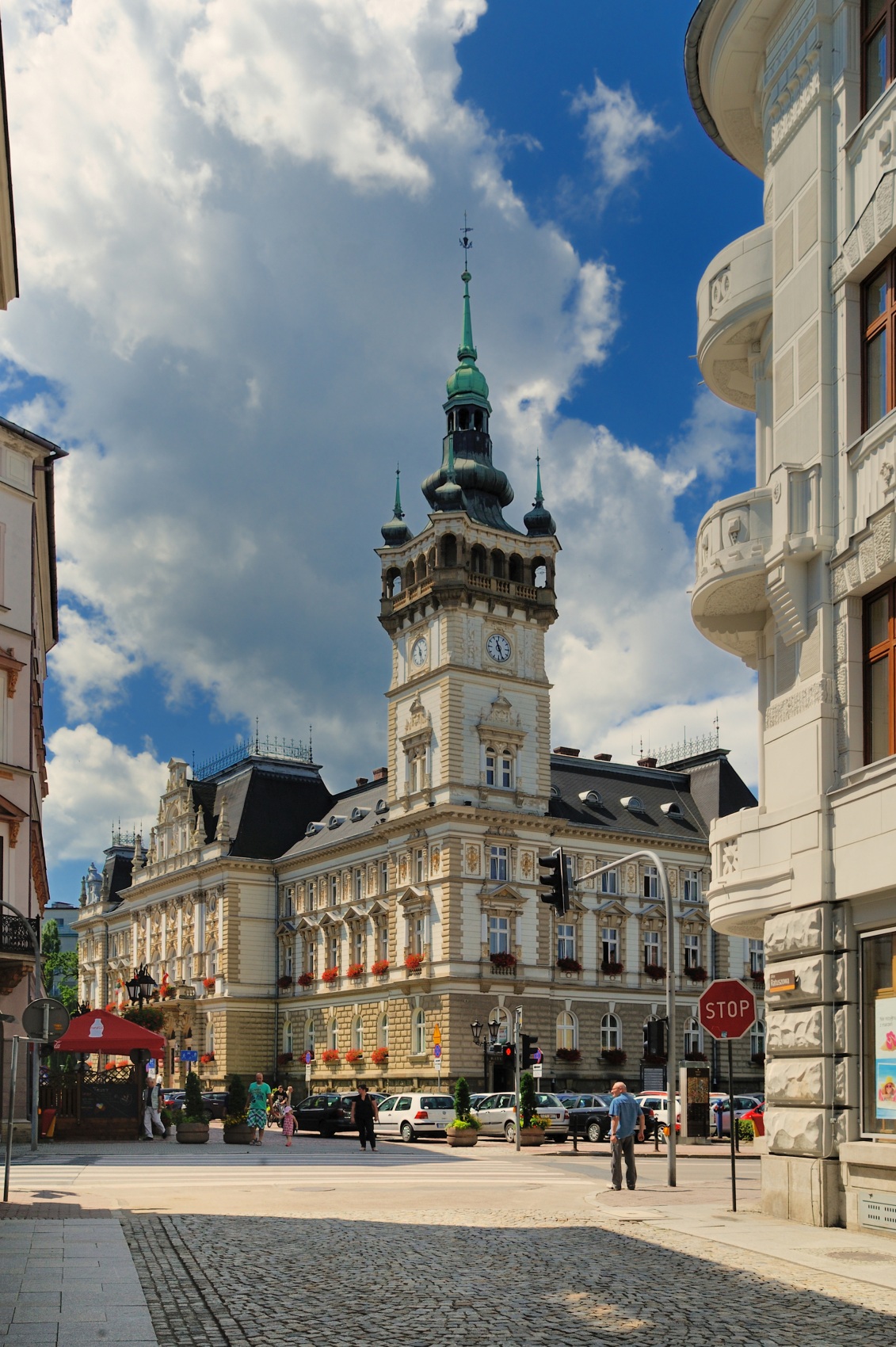
Bielsko-Biała: are these the city’s only town halls?
Exactly not. The two buildings described earlier are town halls which were the seats of the authorities of Bielsko-Biała. So what about the town halls in Bielsko? Here the matter is a little more complicated. It is known that there were as many as… 4 buildings!
The first was a wooden town hall in the Bielsko market square, traces of which were discovered during archaeological works carried out in the 1990s. Another seat of the authorities was a tenement house – also at the market square (now under number 7). This building (dating from the 17th century) was bought by the city from the merchant Ferdinand Koronsay in 1759. It probably served as the town hall until 1819 and was the seat of the customs office for the next few decades
Another seat of the Bielsko authorities was another tenement house, also located at the market square, which was built on the site of two houses burnt down in a fire. However, it only functioned as a town hall until 1849. Then, for more than half a century, the building was the seat of the court, the financial office and the starost’s office. Later there was a municipal police station and a police station. For the first four decades of the 20th century (or, to be more precise, until 1941), there was a municipal museum here
The last seat, rebuilt in the modernist style, was located at 10 Cieszyńska Street (today it is the seat of the court). The municipal authorities had held office here since 1849. However, the officials needed additional space and 38 years later a second building was erected at the exit of Kopernika Street. It was rebuilt just before the start of the Second World War, and altogether the municipal authorities held office here until the end of 1950 – that is, until the merger of Bielsko and Biała
What else to look out for?
The area not only has a complex history. But they were also very diverse. They were inhabited by different nationality groups. These cultural differences are still visible in the fabric of the city today. The architecture of the city is extremely rich. You can read more about it in the article “Bielsko-Biała. The unique architecture of ‘little Vienna'”
For those who would like to get to know individual places in more depth, the local government provides free of charge a guidebook “Visit Bielsko-Biała. Tourist routes”. It is available online hereand in the material prepared by the City Promotion Department of the Bielsko-Biała City Hall one can find many archival photos and useful information on individual sites
Read also: Architecture in Poland | Curiosities | Travel | History | City | Monument | whiteMAD on Instagram
Sponsored article.


